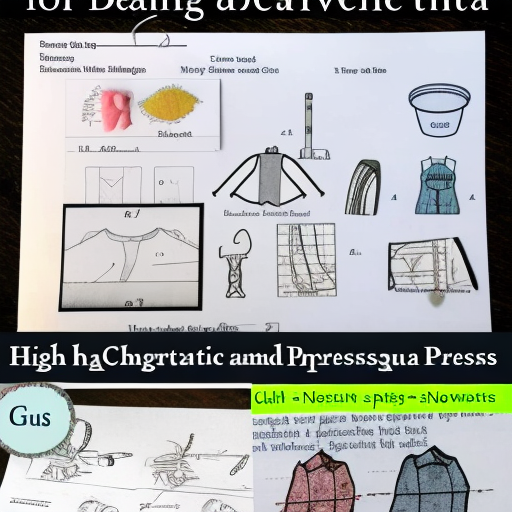Question 1:
What is backstitching?
Backstitching refers to the sewing technique where you sew backward and forward at the beginning and end of a seam. This helps secure the stitches and prevents the seam from unraveling.
Question 2:
Explain the purpose of seam allowance.
Seam allowance is the extra fabric between the seam line and the raw edge of the fabric. It allows for adjustments, finishes the edges neatly, and provides stability to the seam.
Question 3:
What is the difference between topstitching and edge stitching?
Topstitching is the row of stitches visible on the outside of a garment, usually a decorative or functional stitch. Edge stitching, on the other hand, is sewn close to the edge of the fabric to secure the seam.
Question 4:
What is understitching and when is it used?
Understitching is a technique where the seam allowance is stitched to the facing or lining to prevent the facing from rolling to the outside. It is usually used around necklines, armholes, and waistbands.
Question 5:
Define pressing and explain its importance in sewing.
Pressing refers to the process of using an iron to flatten and shape fabric and seams. It helps set stitches, enhances garment appearance, and creates professional-looking results by eliminating wrinkles and creases.
Question 6:
Why is it necessary to use a pressing cloth?
A pressing cloth is used to protect delicate fabrics from direct heat and prevent shine, scorch marks, or damage. It acts as a barrier between the iron and the fabric, ensuring safe and effective pressing.
Conclusion:
Understanding sewing and pressing techniques is crucial for achieving high-quality and well-finished sewing projects. Whether it’s backstitching to secure seams or using a pressing cloth to protect delicate fabrics, each technique plays a vital role in creating professional-looking garments.
By practicing and mastering these techniques, you can enhance your sewing skills and create beautiful, long-lasting creations.




